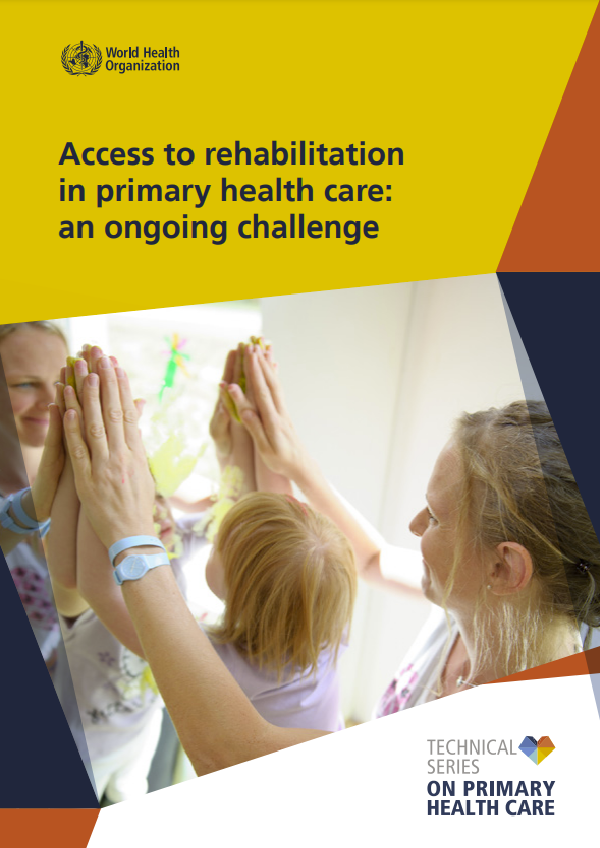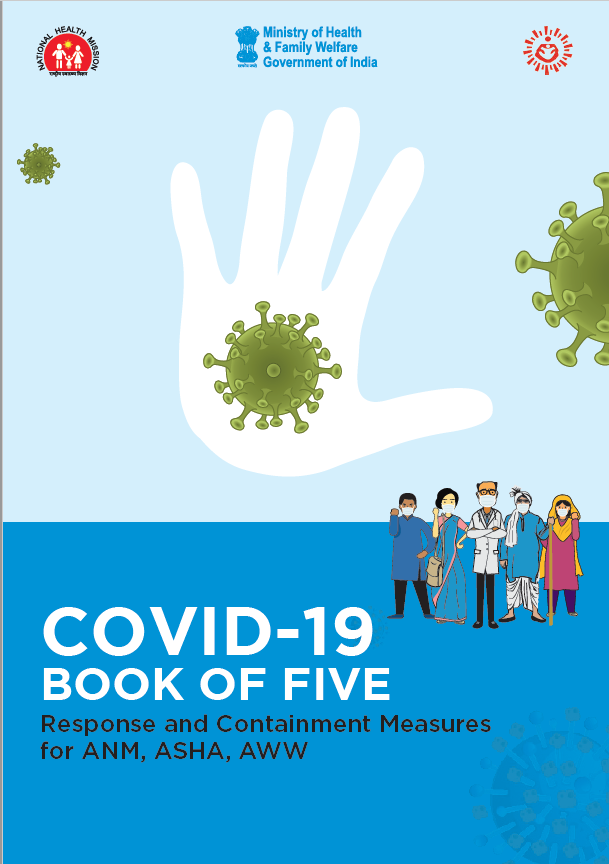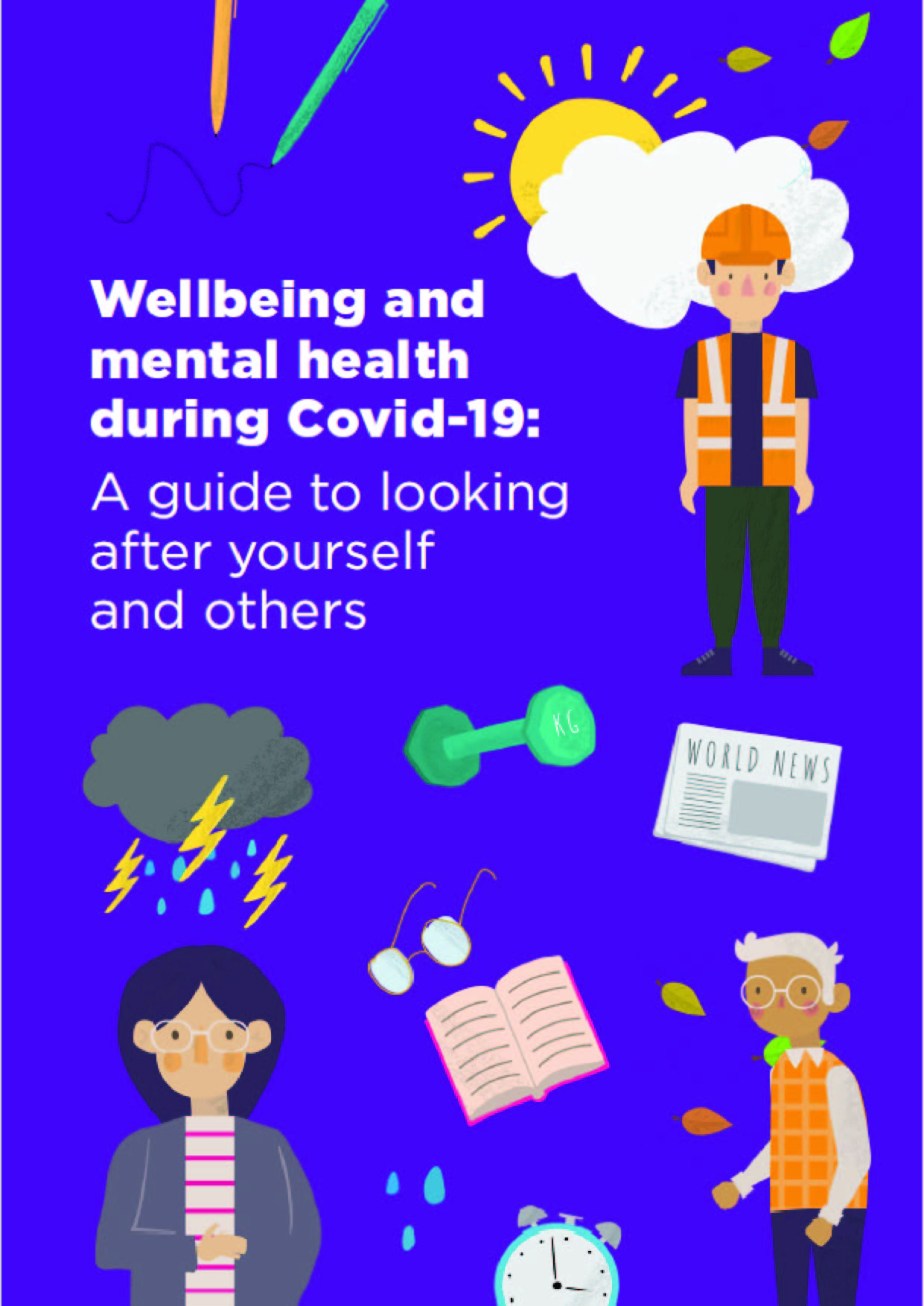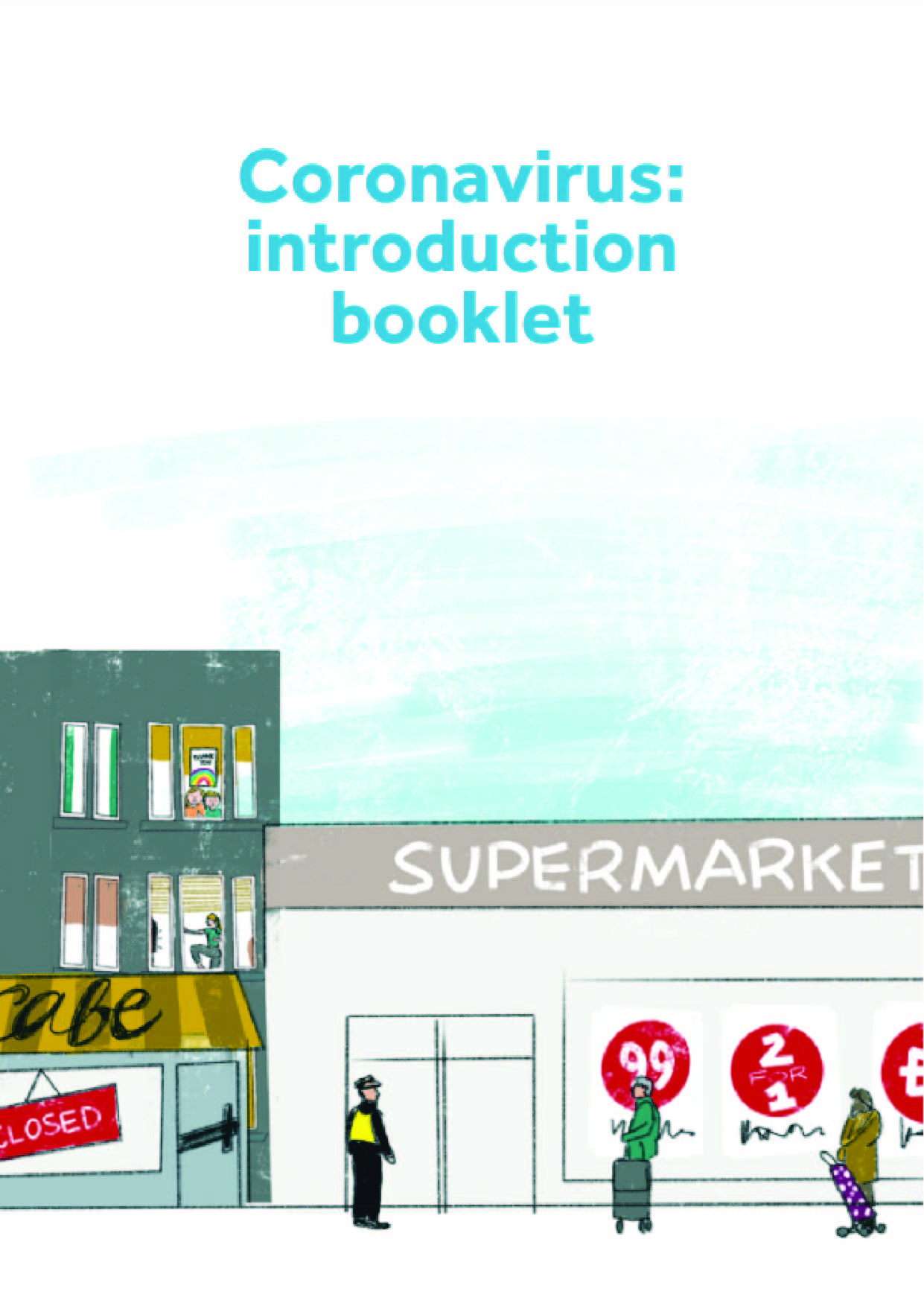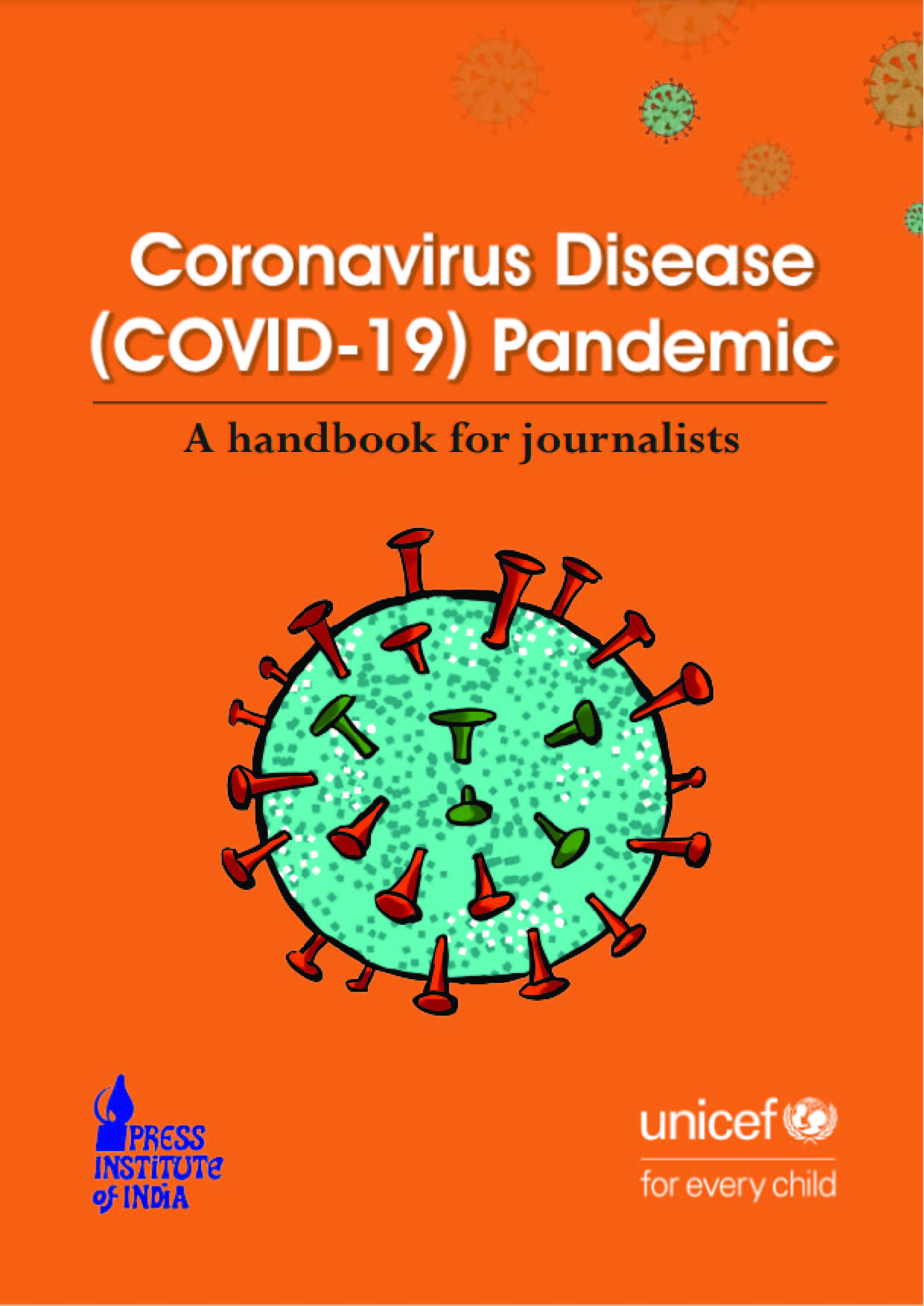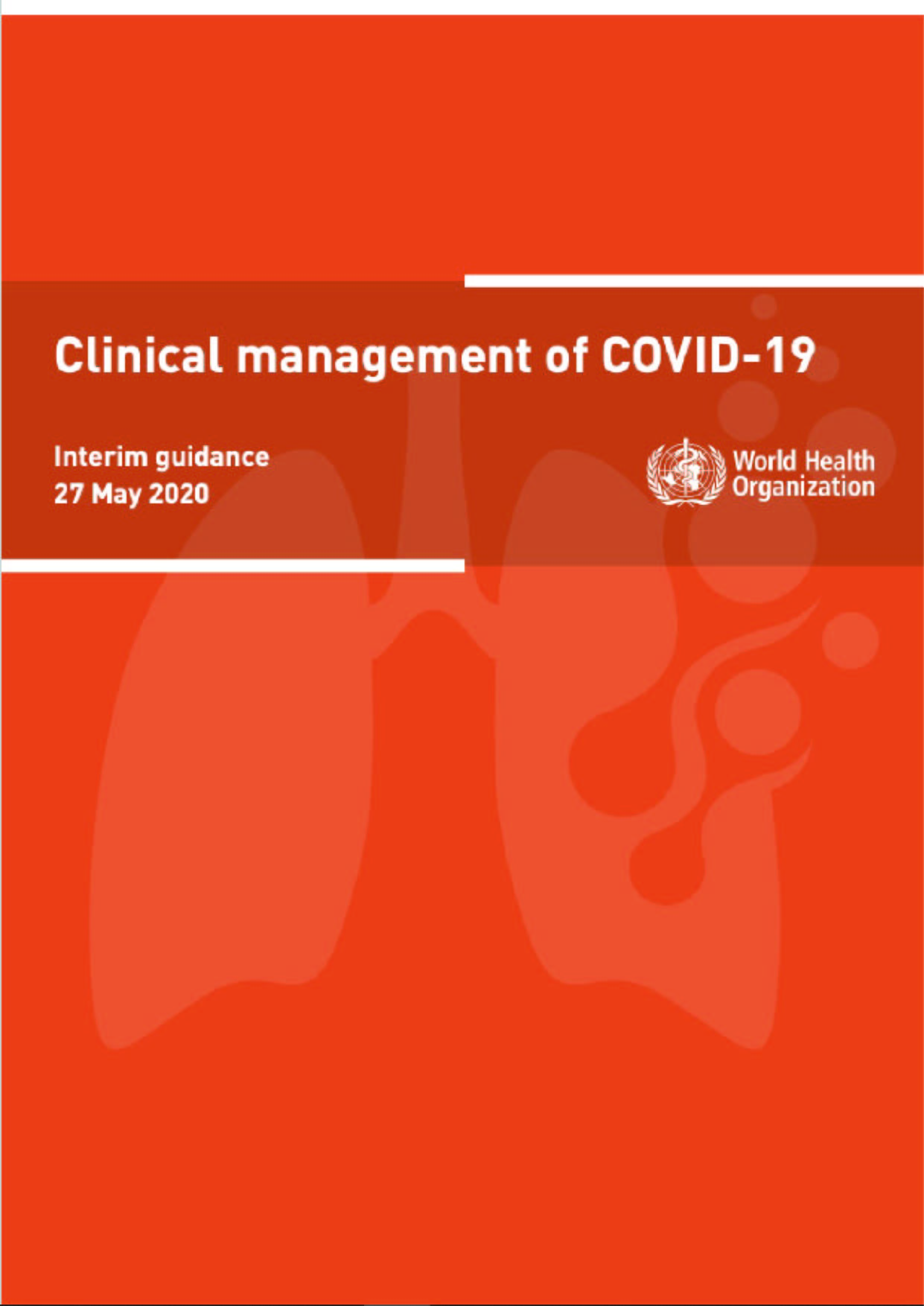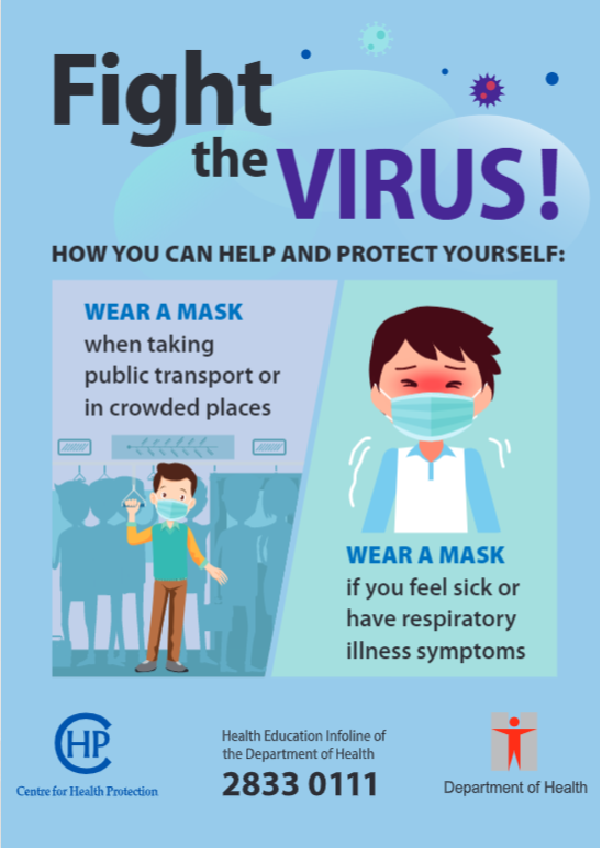At the heart of the 1978 Declaration of Alma-Ata was the recognition that primary health care forms an integral part of every country’s health system. It brings health care to people where they live and work and it constitutes the opening element of a continuing health care process. The Declaration made it clear that to address the main health needs of people in the community, primary health care must include promotive, preventive, curative, rehabilitative, and palliative services in accordance with those needs. In this paper, rehabilitation is recognized as a core component of the health care continuum, as necessary in primary health care, at the gateway to service delivery as they are in secondary or tertiary care.
The Declaration’s recognition of rehabilitation was significant because it helped to promote a political commitment to improving access to rehabilitation for people in their communities. It did so by encouraging:
• empowerment of individuals, families, and communities to optimize their health through rehabilitation;
• the streamlining of referrals to more specialized rehabilitation external to the community.
Since the signing of the Declaration countries has followed different approaches to integrating rehabilitation into primary health care, depending on their available resources and health infrastructure.
Alma-Ata at 40: taking stock and looking ahead
Where the rehabilitation workforce capacity is stronger, rehabilitation professionals may be accessible at the primary care level, especially for addressing the needs of people with highly prevalent conditions, such as back pain or postpartum complications. Where the rehabilitation workforce capacity is less developed, rehabilitation interventions may sometimes be delivered by generalist health care providers. In all instances, the primary health care workforce – general practitioners, primary care nurses, or community health workers – should be trained to identify and assess the rehabilitation needs of their patients, and either provide rehabilitation interventions or refer them to the most suitable rehabilitation services (3, 4). The three case studies in this paper demonstrate a variety of pathways that countries may take in ensuring that rehabilitation plays a key role in primary health care.
As we approach the 40th anniversary of the Declaration of Alma-Ata, it is important to be realistic about the actual progress countries have made in both recognizing the vital importance of rehabilitation and the need to integrate rehabilitation into primary health care. Despite the Declaration of Alma-Ata, and the existence of successful models of integration, in the vast majority of health systems (especially in low- and middle-income countries), rehabilitation has not been fully or effectively integrated into primary health care. Data collected by the World Health Organization (WHO) Regional Office for the Western Pacific, for example, found that only 25% of countries in the region have well-established and sustainable rehabilitation in primary health care.
This year, the world comes together at the Global Conference on Primary Health Care to endorse the Declaration of Astana and to recommit to strengthening primary health care to achieve universal health coverage and the Sustainable Development Goals. At this time, it is important that we reflect on the current and future rehabilitation needs of individuals and communities and how these needs can be efficiently met in the context of primary health care. It is also important to reflect on the current challenges we face when integrating rehabilitation in primary health care and what concrete actions can be taken. The 40th anniversary of this global health milestone provides an opportunity to reaffirm the principles of the original declaration and underline the importance of the integration of rehabilitation in primary health care in order to achieve the collective health goals for the 21st century.
